Focus on Safety and Reliability
Safety and reliability remain paramount in the Railway Draft Gear Market, driving the demand for high-quality draft gear solutions. As rail networks expand, the need for robust safety measures becomes increasingly critical. Draft gear plays a vital role in ensuring the safe coupling and decoupling of rail cars, which is essential for preventing accidents and ensuring smooth operations. Recent statistics indicate that investments in safety technologies within the rail sector are expected to reach USD 10 billion by 2026. This focus on safety not only enhances operational reliability but also fosters public confidence in rail transport. Consequently, manufacturers are likely to innovate and improve their draft gear offerings to meet stringent safety standards, thereby contributing to the overall growth of the market.
Regulatory Support for Rail Infrastructure
The Railway Draft Gear Market benefits from favorable regulatory frameworks that promote the development and modernization of rail infrastructure. Governments worldwide are increasingly recognizing the importance of rail transport in achieving sustainable development goals. This recognition has led to the implementation of policies that encourage investment in rail systems, including the adoption of advanced draft gear technologies. For instance, various countries have allocated substantial budgets for rail upgrades, which include the integration of modern draft gear solutions. Such regulatory support not only enhances the safety and efficiency of rail operations but also stimulates market growth. The alignment of public policy with industry needs suggests a promising outlook for the Railway Draft Gear Market, as stakeholders seek to comply with evolving standards and regulations.
Increasing Demand for Efficient Transportation
The Railway Draft Gear Market is experiencing a surge in demand due to the increasing need for efficient and reliable transportation solutions. As urbanization accelerates, the pressure on existing transport systems intensifies, prompting governments and private entities to invest in rail infrastructure. This investment is likely to enhance the operational efficiency of rail systems, thereby increasing the demand for advanced draft gear solutions. According to recent data, the railway sector is projected to grow at a compound annual growth rate of approximately 4.5% over the next five years, indicating a robust market for draft gear components. The emphasis on reducing transit times and improving service reliability further propels the need for innovative draft gear technologies, which are essential for maintaining the integrity of rail operations.
Technological Innovations in Draft Gear Design
Technological innovations are reshaping the Railway Draft Gear Market, as manufacturers increasingly adopt advanced materials and design techniques. The integration of smart technologies, such as sensors and predictive maintenance systems, is enhancing the performance and longevity of draft gear components. These innovations are expected to reduce maintenance costs and improve operational efficiency, making rail transport more competitive against other modes of transportation. Market analysis suggests that the adoption of lightweight materials in draft gear design could lead to a reduction in overall vehicle weight by up to 15%, thereby improving fuel efficiency. As the industry continues to evolve, the emphasis on technological advancements will likely drive the demand for innovative draft gear solutions, positioning manufacturers to capitalize on emerging opportunities.
Growing Emphasis on Environmental Sustainability
The Railway Draft Gear Market is increasingly influenced by the growing emphasis on environmental sustainability. As concerns about climate change and carbon emissions intensify, the rail sector is under pressure to adopt greener practices. This shift is prompting manufacturers to develop eco-friendly draft gear solutions that minimize environmental impact. The use of sustainable materials and energy-efficient manufacturing processes is becoming more prevalent, aligning with global sustainability goals. Recent reports indicate that the rail industry aims to reduce its carbon footprint by 30% by 2030, which is likely to drive demand for innovative draft gear technologies. This focus on sustainability not only enhances the market appeal of rail transport but also positions the Railway Draft Gear Market for growth as stakeholders seek to meet environmental standards.


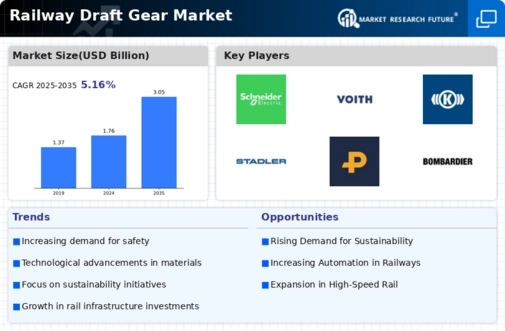
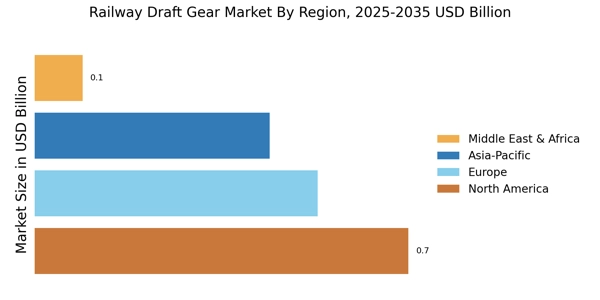
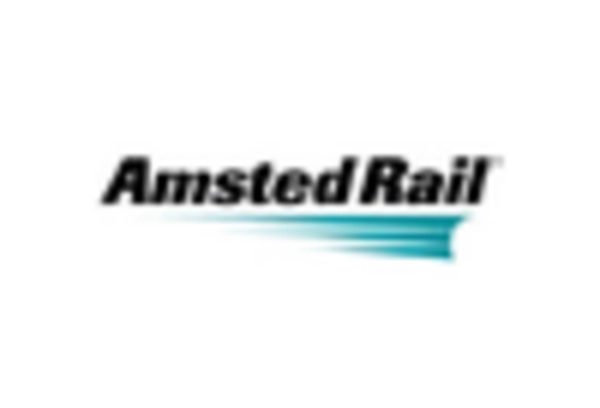
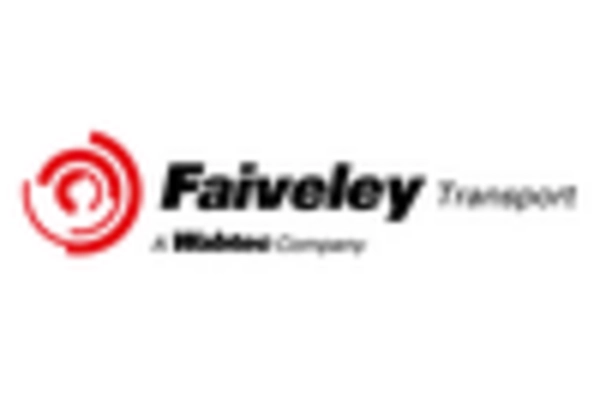
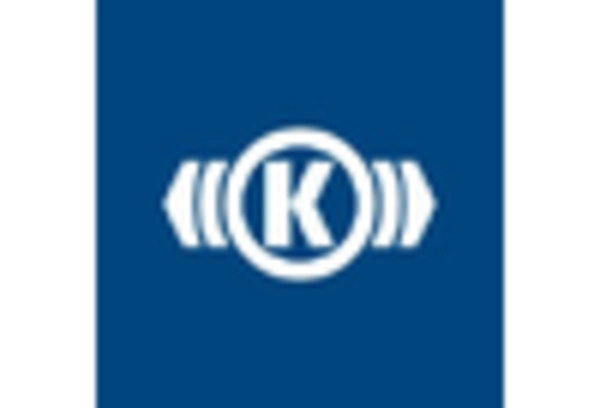


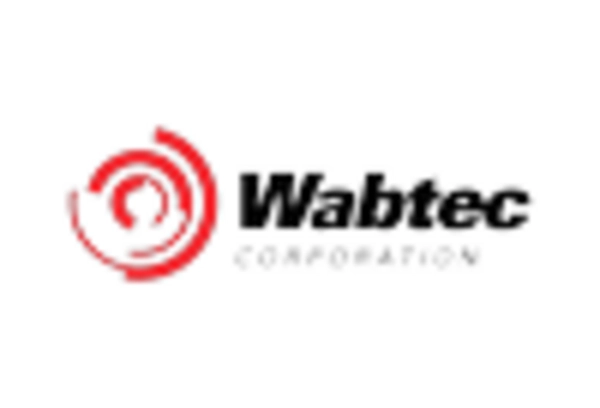








Leave a Comment